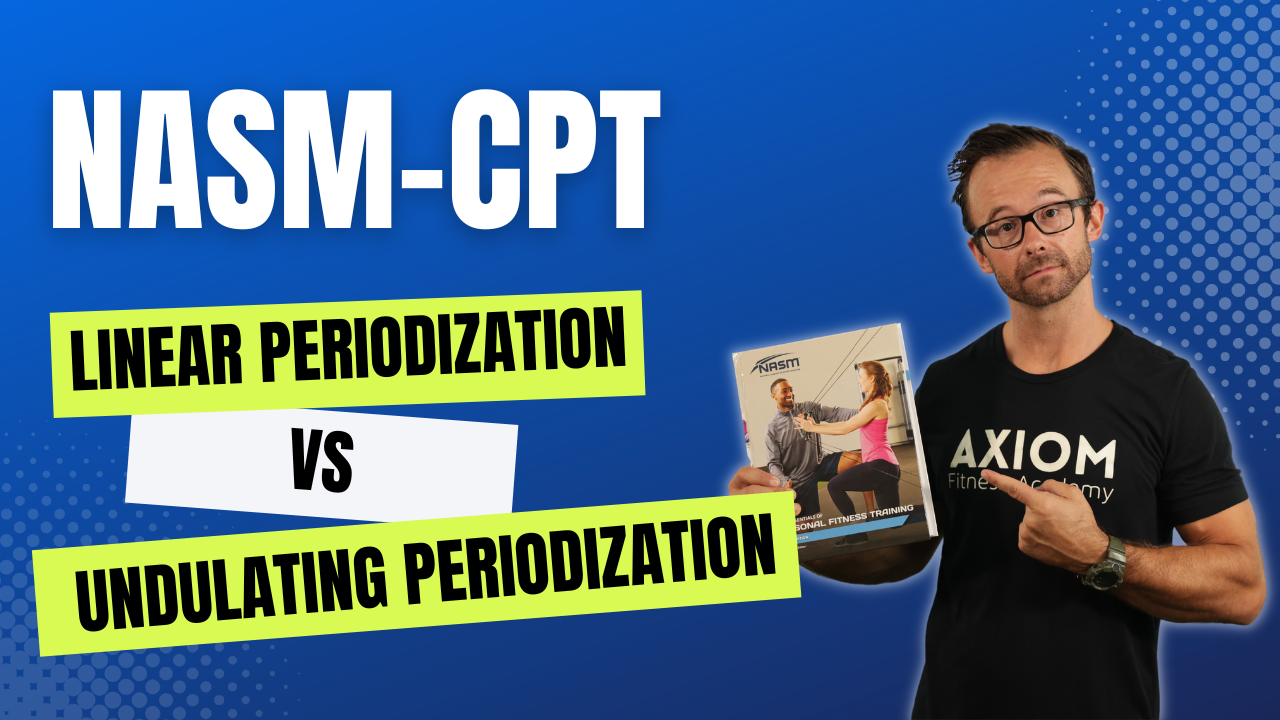
Introduction
Periodization is a cornerstone concept for NASM-Certified personal trainers, essential for maximizing client results over time. The debate between linear and undulating periodization presents a valuable opportunity for trainers to refine their programming strategies. Understanding the nuances of each can empower you to tailor training plans that align with client goals, whether they’re beginners or seasoned athletes.
Linear Periodization: Building a Solid Foundation
Linear periodization follows a straightforward trajectory, gradually increasing intensity while reducing volume. This model aligns perfectly with the NASM’s OPT model phases, making it a suitable choice for trainers seeking a structured approach to client progression. It’s especially beneficial for beginners, laying a robust foundation of strength and stability upon which more complex skills can be built.
Undulating Periodization: Flexibility and Adaptation
Contrastingly, undulating periodization offers a dynamic approach, varying intensity and volume more frequently—sometimes even session to session. This method keeps training challenging and engaging, catering to intermediate and advanced clients who have surpassed the foundational phase. It’s particularly effective for maintaining peak performance across a prolonged competitive season, ensuring athletes are competition-ready at all times.
Choosing the Right Strategy
Deciding between linear and undulating periodization hinges on understanding your client’s current level and long-term goals. Linear periodization is ideal for newcomers to strength training, focusing on gradual improvement in a specific area before moving to the next. Undulating periodization, with its inherent variability, suits those with a solid fitness base, looking to break through plateaus and maintain interest in their workouts.
Practical Application and Planning
Planning is key, regardless of the periodization strategy you choose. For linear periodization, progression might mean moving from stabilization exercises to strength and power phases, adhering to the OPT model. In contrast, undulating periodization requires a more nuanced approach, adjusting variables more frequently to stimulate adaptation without overwhelming the client.
Conclusion
Both linear and undulating periodization have their place in a NASM-Certified personal trainer’s toolkit. Understanding the principles behind each allows you to craft personalized, effective training programs that evolve with your clients, keeping them motivated and moving towards their goals. Whether building from the ground up or injecting variety into established routines, your choice in periodization strategy can make all the difference.
——————————-
In this video, Axiom Instructor Joe Drake, discusses the differences between the 2 types of periodization and how you should decide between using them with most clients.
Want to grab our free study guide?
Click here: http://axiomfitnessacademy.com/study-guide-download






